Rediscovering the French Bulldog Original Look: History Overview
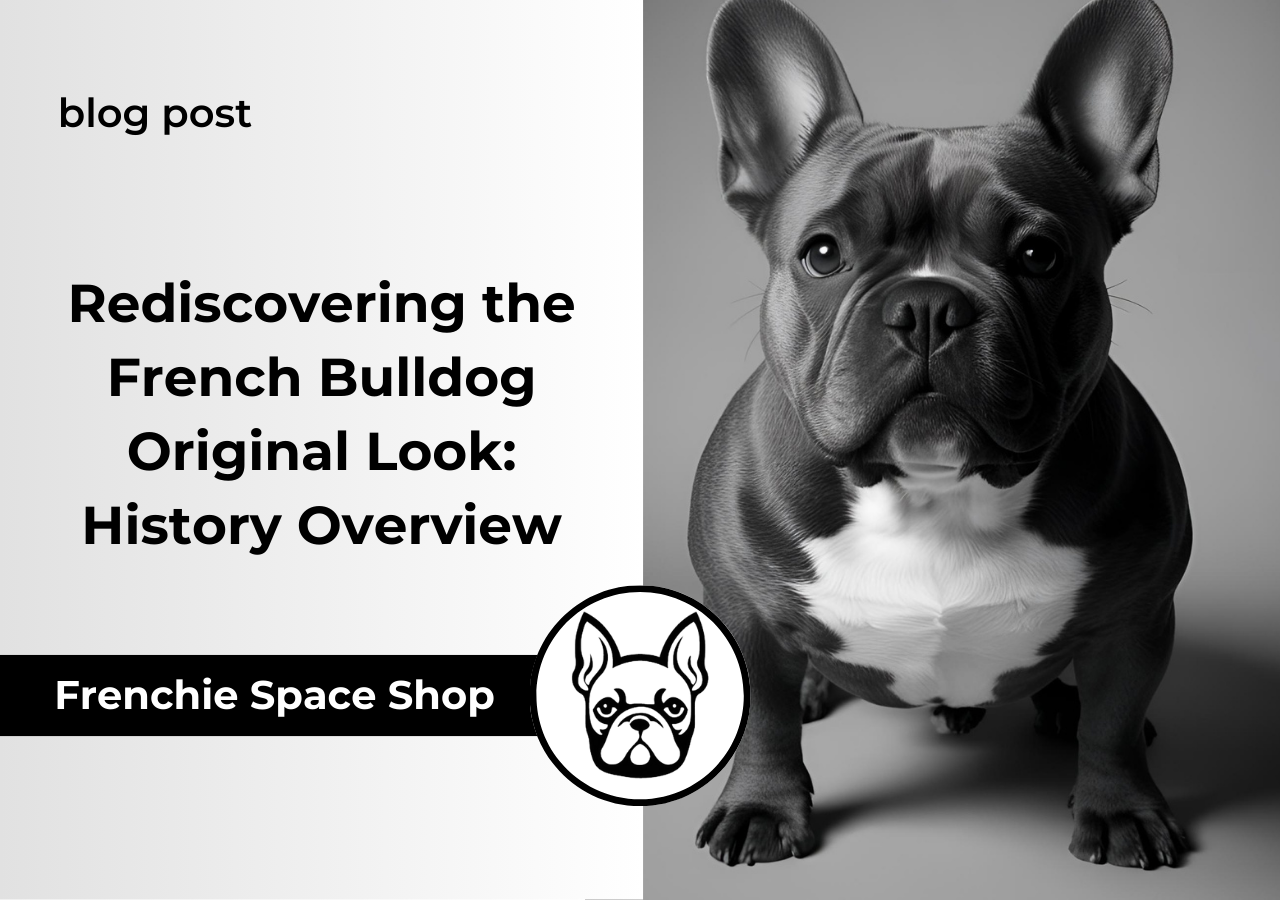
One of the best ways to imagine an original french bulldog is by seeing old photos and sketches of the french bulldog original look. In this century-old AKC archive photo, the dog’s upright bat ears and lean build hint at the original Frenchie profile.
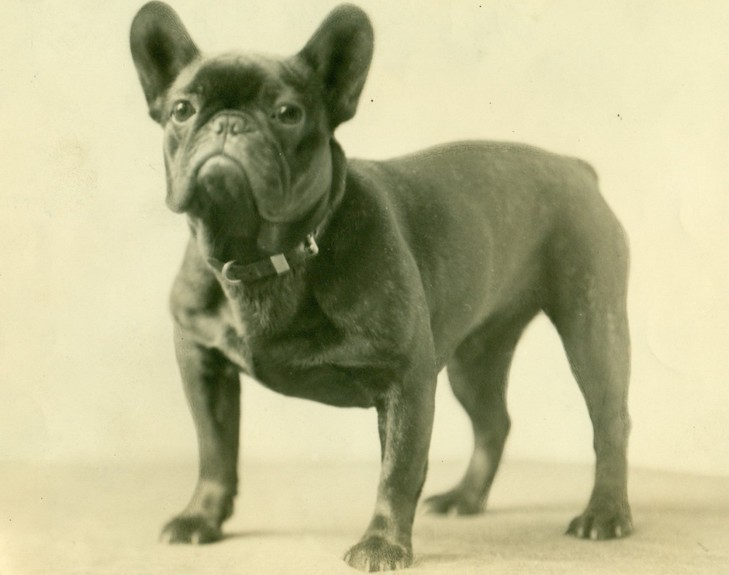
Notice how this Parisian dog is taller and less roached in back than most modern ones – the body is straighter and the muzzle less squashed. It’s a snapshot of Montmartre in the early 1900s, when Frenchies were lean, working companions. Toulouse-Lautrec even painted a café Frenchie named Bouboule, who “had exactly that french bulldog original look” – fierce in stance but famously kind at heart.
These little dogs actually started as English toy Bulldogs brought to Normandy by Nottingham lace workers in the 1800s. Those industrious women prized them as companions – and they introduced the erect “bat” ear into the mix (traditional English Bulldogs had rose ears). As one history notes, “some [of the little dogs] had wonky, erect ears instead of the traditionally ‘rosed’ ones”. Soon these Parisian toy Bulldogs became the rage from market stalls to brothels.
The Old vs. New Frenchie: What Has Changed?
I often get asked “what did the original french bulldog look like?” or “what does the original french bulldog look like today?”. Breed enthusiasts even use the phrase “french bulldog original look” as shorthand for the old-style, leaner Frenchie type.
A century ago, the Frenchie was generally taller and more athletic. According to historians, the early French Bulldog “was a taller, more agile animal, a far cry from the compact, muscular dogs that now grace our homes”. Back then they had longer legs and a fairly level topline. Over time, however, breeders favored a smaller, heavier build to create the modern companion.
Old Frenchies Were Bigger
For example, official breed standards today call for males about 10–14 inches at the shoulder (females slightly under that). The size difference is clear: the original French Bulldog often stood near the upper end of that range and was built for action, while today’s dogs are usually shorter, stockier pets.
The head shape also evolved. Early Frenchies had proportionally longer muzzles than today’s flat-faced type – their stop (between forehead and muzzle) was less extreme. They appeared alert and well-proportioned, with only moderate wrinkles. Modern standards call for a very broad, square skull with heavy wrinkles, which produces the “bat-face” look. In our old photo above, the muzzle still sticks out a bit more than it would on a show dog today.
Different Ears
The ear shape provides an easy clue: in some 19th-century pics, Frenchies even show rose or half-erect ears before the bat-ear became universal. By contrast, nearly all modern French Bulldogs must have fully erect “bat ears” (wide at the base, carried high).
Body proportions shifted dramatically, too. The old Frenchie usually had a straighter back and longer legs, reflecting its working-class ratting origins. Today’s Frenchie almost always shows the classic “roach back” – the spine arches upward from shoulders to rump. Below is a quick comparison:
| Aspect | Original French Bulldog | Modern French Bulldog |
| Size | Taller, leaner build (~12–14 in) | Shorter, stockier (ideally under ~12 in) |
| Head Shape | Proportional muzzle, fewer deep wrinkles | Large square head, very flat face, heavy wrinkles |
| Ears | Sometimes rose or semi-erect | Always erect bat ears (wide, upright) |
| Body | Straighter, level back; athletic stance | Compact, roached back (arched spine) |
| Temperament | Alert, spunky (bred as rat hunters historically)fci.be | Affectionate, playful companion; “sociable, lively, playful”fci.be |
Kennel Club Standards Through the Years
Official breed standards also shed light on the french bulldog original type. The very first standard (France, 1898) recognized the toy Bulldog.
Modern clubs (AKC in the USA, The Kennel Club in the UK, and the FCI internationally) have maintained the core Frenchie profile: small but heavy-boned, with a snub nose, erect ears, and a short tail.
For instance, the FCI’s 2023 description calls it a “small-sized… short, stocky, compact” dog with “a snub nose, erect ears and a naturally short tail”.
Breed regulators also address the look aspect explicitly. Lately, The Kennel Club (UK) has revised its wording to discourage exaggerated brachycephaly.
They now caution judges not to spoil the french bulldog original look by overly shortening the muzzle. In short, even the standards acknowledge that the early Frenchie had a visible muzzle and open nostrils. (All major clubs prohibit cropped ears or whiskers – if it wasn’t seen in the old breed, it’s still disallowed.)
Colors have changed as well. The old Frenchies usually came in simple shades. Historical notes and early show rules say only brindle, fawn (cream), and pied (white+patch) were accepted. (The AKC standard lists “white, cream, fawn, or combinations” plus brindling/pied in any mix.) Rare all-black or modern merle coats didn’t exist back then. So if you’re Googling “what are the original colors of French bulldogs,” the answer is basically brindle, fawn (cream), or white with patches – the tried-and-true Frenchie colors of yesteryear.
How to Identify the Real Deal
As a Frenchie enthusiast, I field questions like “how to tell a real french bulldog?” and “how do you measure a french bulldog?”. In practice, “real” means matching the standard. Look for that domed, flat-topped head; big, round eyes; and a short, muscular, low-slung body. The coat should be short and sleek.
Most importantly, a purebred Frenchie will have the wide upright ears and solid nose called for in the standard. In casual terms, if Fluffy has floppy ears or looks lanky, it’s probably not the genuine old-style type.
Measuring a Frenchie is straightforward: place a tape at the withers (shoulders) to gauge height. Breed guides give targets: males ~10–14 in, females ~9–12 in at the withers. So “how do you measure a French bulldog?” – simply measure shoulder height to floor, just as judges do. In short, checking the ears, head shape, and height is your best bet.
People often Google “french bulldog original look” when they want pictures or explanations. If you do that, you’ll find forum threads and articles (like this one) comparing old vs. new Frenchies. It’s a testament to how many owners are curious about the french bulldog original look versus today’s type.
Why Did Breeders Change the French Bulldog’s Appearance?
If you’ve ever wondered why the French Bulldog original look has shifted so much, the answer lies in a mix of human preferences, breed standards, and commercial demand. The charming, flat-faced Frenchie we see today didn’t always look this way. In fact, the original French Bulldog had a longer muzzle, straighter back, and a more athletic build. So, why did breeders change the appearance of French Bulldogs nowadays? Let’s dive in.
The Rise of the “Cute Factor”
As the breed gained popularity in the early 20th century, owners began gravitating toward Frenchies with shorter snouts, larger round eyes, and a stocky, compact body. These features gave the dog a more “human baby” appearance, which made them especially appealing to families and city dwellers looking for a low-energy companion.
To meet the demand, breeders started selecting for these traits intentionally. Over generations, this shifted the breed’s profile away from its more agile, work-oriented roots into the adorable companion dog we know today.
Influence of Kennel Club Standards
Breed standards from organizations like the American Kennel Club (AKC), UK Kennel Club, and FCI (Fédération Cynologique Internationale) also played a massive role. These bodies define what a French Bulldog should look like to win in dog shows.
Over time, the standards began emphasizing:
- Shorter muzzles
- Wider skulls
- Bat-like ears
- Compact, muscular bodies
To be competitive, breeders had to conform to these ideals, sometimes exaggerating the features for show appeal. Unfortunately, this also meant moving away from the french bulldog original look.
Selective Breeding & Genetics
Another reason for the modern transformation is selective breeding. Breeders started pairing French Bulldogs with the most exaggerated features to “fix” the desired traits more quickly in the bloodline.
Some of the changes include:
- Shorter snouts (flat-faced look)
- Increased head size
- Heavier, wider bodies
- Rare coat colors like blue, lilac, and merle (which are not part of the original colors of French Bulldogs)
While this made them more appealing in the pet market, it also introduced genetic bottlenecks. Today, many French Bulldogs suffer from brachycephalic airway syndrome, spinal deformities, and reproductive challenges, all due to generations of selecting form over function.
The Cost of Cuteness: Health Consequences
The exaggerated features that made modern Frenchies famous are also what caused many of their health issues. The shift away from the original French Bulldog appearance came with side effects, including:
- Difficulty breathing
- Overheating
- Mobility issues due to compact joints
- Eye problems and chronic ear infections
Many potential owners search “why is my French Bulldog mean”, but often, the issue isn’t aggression—it’s discomfort. A Frenchie struggling to breathe or move properly may show frustration, not meanness.
Back to the Roots: A New Wave of Responsible Breeders
In response to rising concerns, more breeders and organizations are now pushing to bring back the french bulldog original look—healthier, longer-snouted Frenchies with better breathing, mobility, and overall well-being.
Some are even reviving the “retro French Bulldog” type, focusing on:
- Longer muzzles
- Straighter backs
- Natural-sized nostrils
- Less extreme body proportions
These breeders aim to restore what the Frenchie looked like 100 years ago while keeping their lovable temperament intact.
Read Also: Retro Pug – A New Breed of With a Long Snout & Vintage Charm
Looking Back 100 Years: French Bulldog Original Look
So if you’re really wondering “what did french bulldogs look like 100 years ago,” it was quite a difference. The “original” Frenchie had longer legs, a longer muzzle and a more athletic build. They were scrappier and more independent – still a toy Bulldog, but not the flat-faced couch potato we see today. The modern Frenchie is bred for that ultra-squashed face and stout body.
Both have their fans, but knowing the french bulldog original look helps us appreciate the breed. Whether you like the old-school or the new-fangled version, a healthy happy dog is what matters most. And yes, the phrase “french bulldog original look” will keep popping up as long as people want to compare the old to the new. For anyone still asking “what exactly is the french bulldog original look,” remember: it was just the lean, long-legged bulldog that Parisians fell in love with 100 years ago and preserved the french bulldog original along the way.

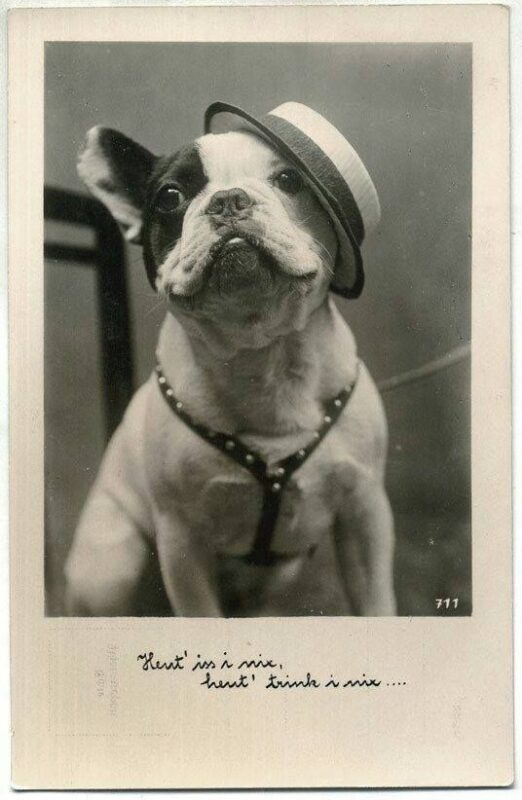
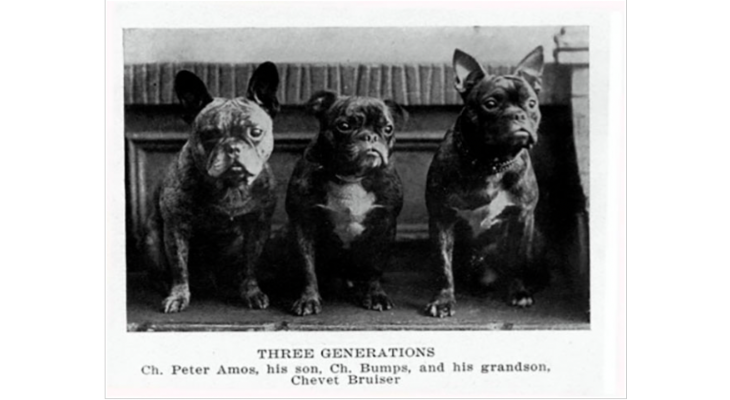
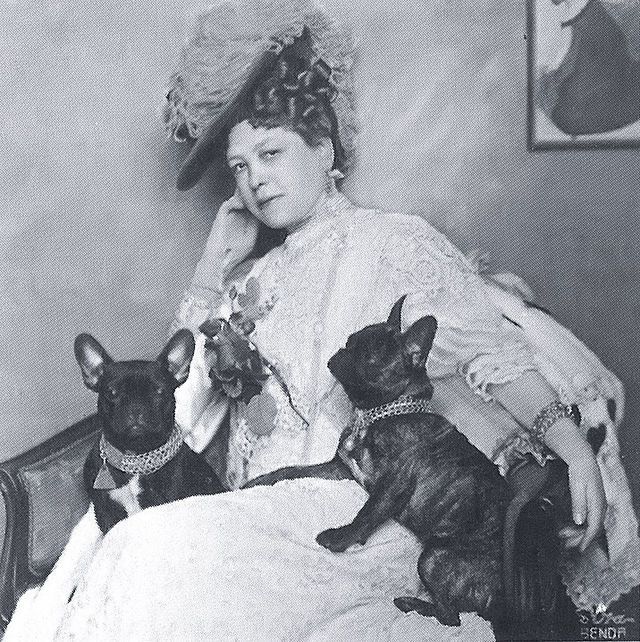


 French Bulldog Jackets & Coats
French Bulldog Jackets & Coats French Bulldog Dresses & Skirts
French Bulldog Dresses & Skirts French Bulldog Hoodies
French Bulldog Hoodies French Bulldog Sweaters
French Bulldog Sweaters French Bulldog Shirts
French Bulldog Shirts French Bulldog Pajamas
French Bulldog Pajamas French Bulldog Costumes
French Bulldog Costumes French Bulldog Life Jackets
French Bulldog Life Jackets

 French Bulldog Collars
French Bulldog Collars French Bulldog Harness
French Bulldog Harness
 French Bulldog Backpacks
French Bulldog Backpacks







